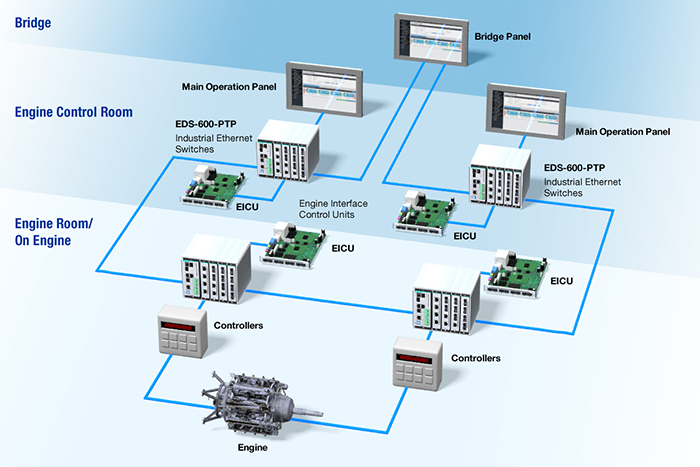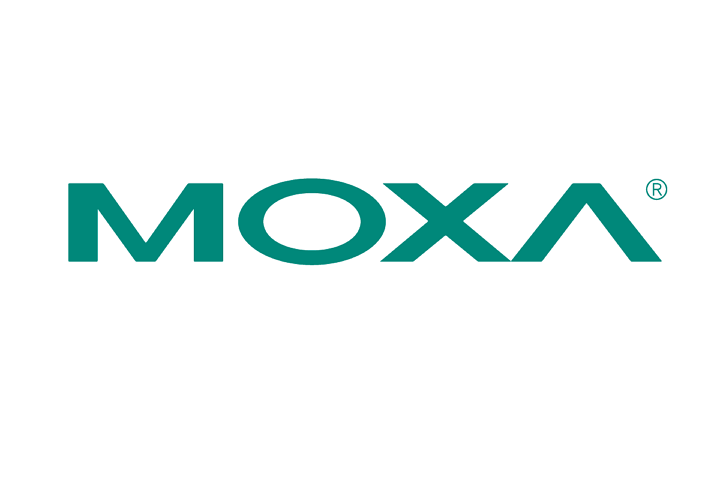Visualizing streamlined and advanced modern vessels, a leading provider of marine propulsion systems has embraced the path of digitalization to assist ship operators in boosting their operational effectiveness, with the goal of cutting down on fuel usage and maintenance expenses. The process of digitalization itself necessitates dependable networking and data scrutiny. To chart a course towards success, electronically managed engines play a critical role in aiding ship operators in achieving highly unified engine control systems.
Defining an Electronically Managed Engine
Electronically managed engines facilitate the connection of subsystems linking propellers or engines to various areas like the engine room, engine control room, bridge, or remote locations. They also amalgamate controls to activate air valves, manage start and reverse sequences, as well as regulate other functions. Leveraging highly integrated engine control systems allows ship operators to finely control and enhance the monitoring of these systems, leading to improved collaboration with engine suppliers. Furthermore, electronically managed engines offer real-time condition monitoring, intelligent optimization, and streamlined decision-making, empowering both vessel operators and engine manufacturers to exploit onboard systems with greater efficiency. Building electronically controlled engines becomes a vital move for engine suppliers to secure the competitive edge of their products, as they enable lower propeller speeds, reduced fuel consumption, enhanced emission flexibility, easy adjustments, and precise optimization of engine parameters.
Attaining Advanced Integration
Through the utilization of electronically managed engines, the marine propulsion provider can now construct state-of-the-art engine control systems (ECSs) that boast high levels of intelligence. Industrial Ethernet switches are integrated into the ECSs, offering connectivity with high data transfer rates, scalability, and reliability to facilitate the integration of different subsystems and applications such as engine controls, cylinder controls, auxiliary controls, condition monitoring, and various other applications.
In order to provide comprehensive oversight of the entire system, a unified network is established to interconnect propellers and engines across the engine room up to the control room and bridge. This consolidated network enables ship operators to achieve heightened integration of subsystems and swiftly adjust cruising, propulsion, and fuel consumption controls, even in rapidly changing maritime environments. Moreover, upon the addition of a new controller or subsystem to the system, the controller can be automatically configured via the control network. The establishment of a flexible network design is crucial to achieving such a high level of integration, with industrial Ethernet playing a pivotal role in ensuring that networks are adaptable, scalable, and future-ready.
During operations, accurate time synchronization plays a crucial role in enabling real-time data communication and precise control across multiple subsystems and applications for various devices like marine engine controllers. The IEEE 1588v2 Precision Time Protocol (PTP) is employed for time-triggered data sampling across the entire engine control system, while Quality of Service (QoS) aids in managing data with higher priority. Another essential aspect for seamless operations is the development of fast recovery networks equipped with advanced redundancy technologies. Therefore, careful consideration must be given to selecting an industrial Ethernet switch with verified redundancy capabilities to ensure network uptime and prevent interruptions to vessel operations.
Furthermore, devices within ECSs must be rugged and resilient to electromagnetic interference (EMI) as well as electromagnetic susceptibility (EMS) in engine rooms that are exposed to extreme operating conditions characterized by fluctuating temperatures and high humidity levels. Additionally, these devices must pass functional tests compliant with standards like IACS UR E10/IEC 60945 and adhere to international maritime regulations such as DNV GL, ABS, and LR to guarantee the quality of design and verification.

Moxa’s Innovative Solutions
The EDS-600 Series by Moxa supports QoS and IEEE 1588v2 PTP for exacting control, ensuring network dependability throughout the fully integrated ECS. Featuring Turbo Ring redundancy, the EDS-600 Series guarantees network reliability and prevents disruptions to vessel operations. As most switches are installed within the engine or engine control rooms, the EDS-600 Series is designed to withstand extreme harsh environments characterized by substantial vibrations, high electromagnetic compatibility (EMC), and wide operational temperature ranges; it aligns with IACS UR E10/IEC 60945 standards for challenging environments. The EDS-600 Series has secured international marine certifications from entities such as DNV GL, ABS, and LR to uphold the dependable and secure operation of equipment utilized on vessels.
For more details about the products, click to read
EDS-600 Series: Compact modular managed Ethernet switches
CM-600-4TX-PTP: 4-port Fast Ethernet interface modules for EDS-600 Series Ethernet switches
For additional insights into marine applications, you can download this IIoT Blueprint for Smart Ships:
https://www.moxa.com/support/request_catalog_detail.aspx?id=3629
- Not Only for Automobiles: Discovering CANbus Technology in Various Industrial Settings - October 29, 2024
- Boost Your Network Performance: An Exciting Manual to PoE Switches! - September 10, 2024
- Understanding Gigabit Switches: Industrial vs Regular Gigabit - September 4, 2024


